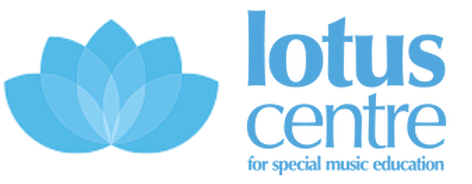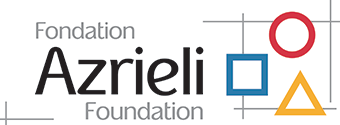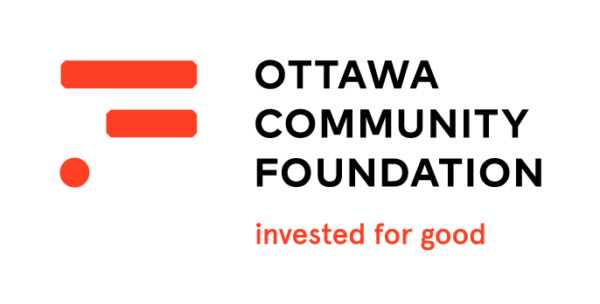The new teaching year is starting soon, and you may have some new students with exceptionalities. While it’s fun and exciting to meet new students, the first set of lessons can also be challenging. As teachers, we want to set our students up for success, but it can take some time to get to know them and find the right approach. At the Lotus Centre, one way we start everyone off on the right foot is to give all new students an intake meeting. This first meeting between the student, teacher, and caregiver(s) has a few purposes. First, it gives the student and caregiver(s) a chance to meet you. They get to familiarize themselves with both you and the learning space before lessons begin. As the teacher, it also gives you a chance to begin building rapport with the student and gather some essential information about them. The goal is to learn enough about the student to start developing an adapted lesson plan suited to their individual needs. Before we jump into specifics, it’s important to note that while we use this general template, you are welcome to make any adjustments that you feel are helpful for your studio or any particular student.
So how does the intake process work…?
The first step actually begins before the first meeting. Before we meet the student, we ask the family to fill out a questionnaire. This includes some basic introductory information about the student, as well as the caregiver’s expectations for the music lessons. The questionnaire is a helpful starting point, but it can sometimes be hard to get a clear picture of the individual student based on written responses alone. That’s where the intake meeting can be a big help! Here are some general steps you can take:
1. Introduction: Greet the family and explain the purpose of the intake meeting. Then show them the space and explain any studio policies.
2. Discussion: Ask about anything not included in the questionnaire. This can include information like their preferred learning style, or communication and behavioural strategies that may be helpful.
3. Observation: Allow the student to explore the learning space while you observe.
4. Interaction: Try some short activities with the student, like singing a fun song or playing an instrument together. This will allow you to begin assessing their current abilities.
In addition to their musical abilities and interests, here are some key attributes to take note of during the meeting:
Motor skills, such as:
Sensory needs:
Activity level:
You can also look out for any preferred learning styles. These are not formal assessments, but you can take mental note of any important details. It’s really important to take a strengths-based mindset during this stage. Try to see their abilities for what they are, not in relation to a certain standard that they have to meet. Your focus will be on how to build an adaptive lesson structure for that individual student based on what you observe. You may also want to adapt your learning space for that student based on what you saw. Although you may have to continue updating your plan as you go along, the intake meeting will help you set your new students up for success from day one!
Happy Teaching!
So how does the intake process work…?
The first step actually begins before the first meeting. Before we meet the student, we ask the family to fill out a questionnaire. This includes some basic introductory information about the student, as well as the caregiver’s expectations for the music lessons. The questionnaire is a helpful starting point, but it can sometimes be hard to get a clear picture of the individual student based on written responses alone. That’s where the intake meeting can be a big help! Here are some general steps you can take:
1. Introduction: Greet the family and explain the purpose of the intake meeting. Then show them the space and explain any studio policies.
2. Discussion: Ask about anything not included in the questionnaire. This can include information like their preferred learning style, or communication and behavioural strategies that may be helpful.
3. Observation: Allow the student to explore the learning space while you observe.
4. Interaction: Try some short activities with the student, like singing a fun song or playing an instrument together. This will allow you to begin assessing their current abilities.
In addition to their musical abilities and interests, here are some key attributes to take note of during the meeting:
- Cognitive skills and executive functioning, such as:
- Communication style (e.g. verbal or non-verbal)
- Ability to identify numbers and colours
- Level of comprehension
Motor skills, such as:
- Finger independence
- Handedness
- Ease of movement
- Range of motion
Sensory needs:
- Are they hypo or hypersensitive to sound, touch, light, etc.?
- What are their sensory preferences?
Activity level:
- How much do they move around the room?
- How long do they stay with one activity?
- Do they like to touch different objects?
You can also look out for any preferred learning styles. These are not formal assessments, but you can take mental note of any important details. It’s really important to take a strengths-based mindset during this stage. Try to see their abilities for what they are, not in relation to a certain standard that they have to meet. Your focus will be on how to build an adaptive lesson structure for that individual student based on what you observe. You may also want to adapt your learning space for that student based on what you saw. Although you may have to continue updating your plan as you go along, the intake meeting will help you set your new students up for success from day one!
Happy Teaching!



